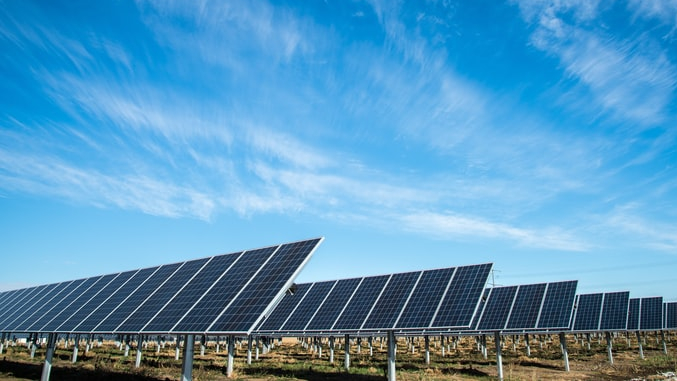Increasing the “Values” in Your Value Chain
This guest post was created by Russ Shumaker and Ben Barras of World Vision. Ben is a faculty advisor in our Supply Chain Resource Cooperative, and just completed an incredible project with Diversified Foods and a great team of students…
It’s easy to think of value chains as strictly operational and logistical—move goods from Point A to Point B, trim costs, increase efficiency. But as retail executives know very well, every aspect of business is an opportunity to drive efficiency, cost savings and purposeful impact and sustainability.
At World Vision, we’ve seen it happen through our ten-year relationship with Costco.
If you saw the April issue of Costco Connection, you read about our long-standing partnership with Costco. They are effectively managing their value chain in strategic ways—donating excess inventory, redirecting returned products, and partnering with World Vision to serve children and families in disaster zones and under-resourced communities around the world. Costco benefits from tax advantages, the elimination of costs for destruction, disposal and transportation, and they promote a more sustainable operation, while philanthropically supporting the underserved. These are all qualities that their customers and employees appreciate.
Costco’s example goes to show that sustainability, compassion, and purpose can coexist with logistical excellence and scale. It’s proof that your business—even your value chain—can be part of something bigger.
But even if your business doesn’t have a robust value chain, you can make an impact too. When customers and employees see their company doing something meaningful, something that aligns with their own values, it deepens loyalty, drives engagement, and creates a culture that people want to be part of.
So here’s the question: How are you increasing the “values” in your value chain?


